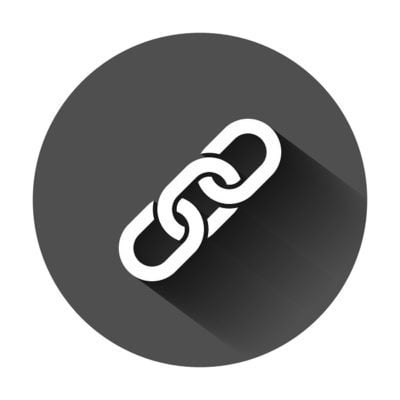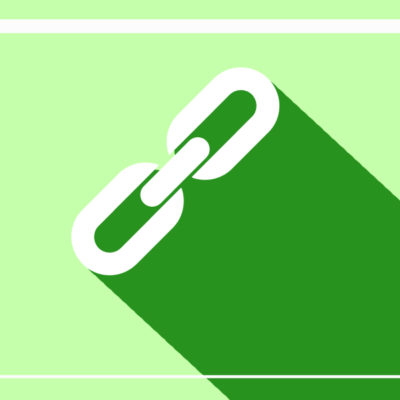Nearly every internal linking related topic starts on how the process has evolved into a complicated and jumbled mess and yet how important it is to introduce the same to every SEO strategy. On one hand, internal linking is actually simple and every business should be doing it. On the other hand, the best practices of internal linking are complex in more ways than one. But regardless of its complexity or simplicity, it is undeniably important.
Strategic internal linking is one SEO technique, especially for content marketing. In this article, I’ve chosen to focus on internal linking for content marketing, because it’s one of the most straightforward and simplest ways to experience SEO uptick. Plus, internal linking among blog articles and other content is something that you can do on an on-going basis.
Here are the top five proven ways of using smart internal links that will in turn boost SEO strategies drastically:
Link relevancy
Unlike backlinks, internal links do not affect and remain unaffected by Google’s algorithm. But they do boost backlink authority in more ways than one. New blog articles have minimal authority. With a link from the home page though, one can instantly transfer the earned authority to that web page. This will help the page to be indexed faster than before and rank higher too.
The important part here is relevancy in keyword research. Optimize all anchor text to describe the landing page of the link. With erroneous anchor text, the link will be qualified as spam. Use keyword variations for anchor text structure and leverage easy ways to do keyword research to identify areas of content where relevant internal links can be placed. At least two to three links are useful in any article although it all depends on the word count.
Try a reasonable number of internal links
You don’t need multiple links in internal content. Google instructs the use of a reasonable number of links on any given page. There is no magic number but when it comes to internal linking, three to four links based on the length of the post sounds reasonable. Use links based on their usefulness to the user.
Refrain from using several links at the footer as a site with hundreds of such webpages can escalate as “spamtastic” links that will lead to penalization of your site.
Link deep within the site
The depth and placement of the links is one important measure of its success. Avoid using too many links on the Homepage and focus on strengthening internal pages to boost the SEO of your site. Also, do not link to the contact us page unless it is necessary. Avoid too many internal links to main pages, which already have links on the home page.
Use of Call-to-action links
Optimizing your call to action (CTA) is crucial to the success of the site as it maximizes conversion rate. The button should be big and bold and distinguishable from background. CTA positioning is highly important. Some sites add slide in CTAs for conversions while some place it above the fold.
Use follow links
Follow links can help build the internal link architecture that will work well with your content marketing strategy.
One internal linking strategy over the years has been the use of nofollow for links on a page, to boost the link juice to a single webpage. But this strategy doesn’t work.
Wikipedia stated such nofollow links would reduce effectiveness of some internet advertising types since the search algorithm is based on number of links to a website. In spite of its perceived value, using nofollow links is a strategy that should not be a part of the strategy used for internal content links. It will be helpful for the site to keep things free and fluid.
By keeping in mind the five useful ways for internal linking, you are sure to experience a robust link profile and better SEO results too.








1 Comment
Comments are closed.